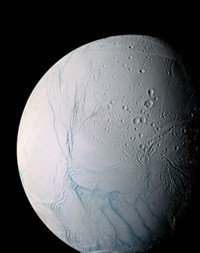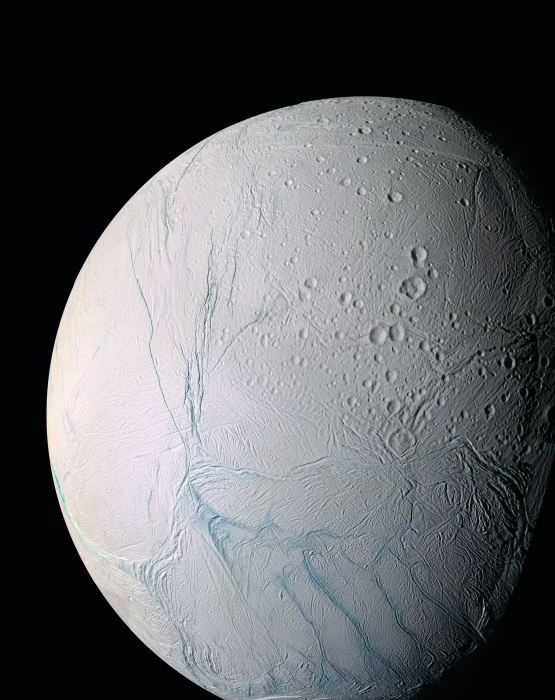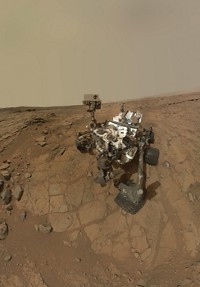Advertisement
Grab your lab coat. Let's get started
Welcome!
Welcome!
Create an account below to get 6 C&EN articles per month, receive newsletters and more - all free.
It seems this is your first time logging in online. Please enter the following information to continue.
As an ACS member you automatically get access to this site. All we need is few more details to create your reading experience.
Not you? Sign in with a different account.
Not you? Sign in with a different account.
ERROR 1
ERROR 1
ERROR 2
ERROR 2
ERROR 2
ERROR 2
ERROR 2
Password and Confirm password must match.
If you have an ACS member number, please enter it here so we can link this account to your membership. (optional)
ERROR 2
ACS values your privacy. By submitting your information, you are gaining access to C&EN and subscribing to our weekly newsletter. We use the information you provide to make your reading experience better, and we will never sell your data to third party members.
Physical Chemistry
Mars Rover Switches Gears
Space Chemistry: Search for habitability morphs into search for organic carbon
by Elizabeth K. Wilson
December 12, 2013
| A version of this story appeared in
Volume 91, Issue 50

The National Aeronautics & Space Administration’s Curiosity martian rover accomplished its primary mission less than a year ago: Near its landing site, it found an environment that was once wet and rich with energy sources—everything needed to nurture life.
With that task under its belt, Curiosity is now tackling a much thornier problem—discovering and identifying organic compounds that might be trace signatures of past life.
“We are turning the corner from a mission dedicated to search for a habitable environment to one where we deliberately search for organic carbon,” said John P. Grotzinger, Curiosity project scientist at California Institute of Technology.
Grotzinger and other team members spoke on Dec. 9, at an American Geophysical Union meeting in San Francisco, which coincided with the publication of six papers in Science (2013, DOI: 10.1126/science.1242777, 1243480, 1244734, 1247166, 1244797, and 1245267).
At the press conference, team members announced a number of discoveries about the martian environment that continue to indicate that it was once habitable.
A sedimentary rock bed known as Yellowknife Bay yielded numerous finds. Curiosity mission team members reported finding sulfides, oxychlorine compounds related to perchlorate, CO2, and NO in powdered rock samples that were heated in the rover’s ovens and analyzed with mass spectrometers.
The substances detected from the heated rock samples may be combustion products of organic molecules, said Jennifer L. Eigenbrode, a Curiosity mission scientist at NASA Goddard Space Flight Center in Laurel, Md. The NO finding represents the first detection in a martian rock of nitrogen, an element required by all life forms, she added.
Curiosity also directly detected dichloropropane and chlorobenzene, two chlorocarbons not reported in the journal papers. The source of these simple organics is still unknown, Eigenbrode said.
The biggest obstacle in the search for organics will be the effects of solar radiation and energetic particles, which would have easily broken apart complex organics over billions of years.
So the team is now searching for locations and environments that might have provided more protection for organic compounds. Cliff faces hidden from the direct bombardment of high-energy waves and particles are a promising place to extract samples. In addition, because perchlorate could react with organics, “in the future we might like to avoid perchlorate-rich environments,” Eigenbrode said.
The team hopes that Curiosity’s discoveries will set the stage for future missions that focus directly on the search for signatures of life.





Join the conversation
Contact the reporter
Submit a Letter to the Editor for publication
Engage with us on Twitter